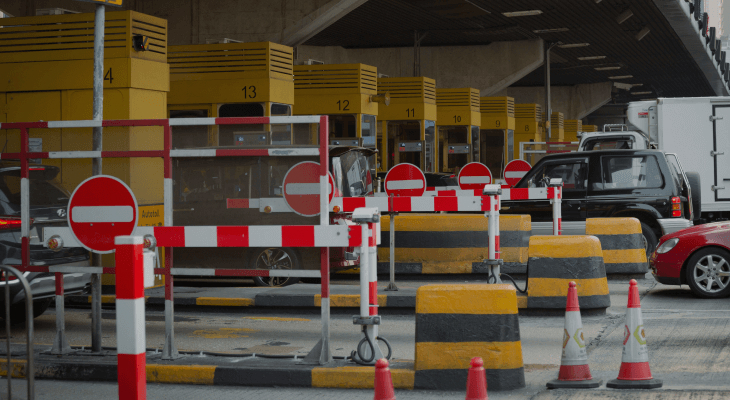25.11.2020
Платные дороги как инструмент устранения пробок

Пробки на дорогах, наряду с загрязнением воздуха, становятся самой большой проблемой для современных городов. Фактически, они несут большую ответственность за загрязнение воздуха, которым мы дышим. Для крупных промышленных предприятий стало хорошей устойчивой практикой перенос производства из центра города.

Electric power industry is looking at renewable energy sources more enthusiastically, thus cutting emissions. However, despite new environmental standards and emergence of electric vehicles, cars continue to pollute the air.
As a result, the quality of life and health deteriorates and lung diseases become widespread chronic illness. All of this puts a heavy burden on the economy. For example, in South Korea it is estimated that congestion has an annual cost of 4.4% in GDP.
The study outlines that only radical reforms will help resolve the problem, and I agree with this outcome. The possibilities for the construction of new roads are limited, especially in the old capital cities of Europe. Encouraging the use of public transport also failed to become widespread and did not force people to abandon personal vehicles.
According to the study, only toll roads have demonstrated long-term effectiveness. The secret of efficiency is in the fact that the invisible hand sets the toll fee for a particular road section, thus regulating road traffic and freeing highways from congestion.
For example, entry into central London is regulated depending on the time of day and day of the week. As a result, despite the fact that after the introduction of such a system the number of cars increased by 37%, the overall level of congestion, on the contrary, decreased by 16% as compared to the level before the introduction of differential charges.
Surely, the efficient and fair traffic management is possible only with the use of modern digital technologies, such as artificial intelligence and big data analytics. Only then will the system really take into account the existing situation and not depend on the human factor and the prejudices of decision-makers.

Today there are several approaches to toll roads in the world. The first and the most famous one dates back to the times of the Roman Empire and consists of a barrier at the entrance and exit points. However, this is far from the only way to organize tolling. A territorial criterion may apply, i.e. a fee for entering a certain area. A wider application of this approach is the payment for the whole road network in a certain area, sometimes it depends on the type of vehicle. This is the principle behind the toll charges applied to heavy trucks in almost all countries of the world.
Later on, thanks to the development of technology and, hopefully, an increased awareness and responsibility of car owners, there should be an evolution towards the sharing of different means of transport when used on toll roads, a combination of different types of transport, both private and public on different sections of the road, etc.
